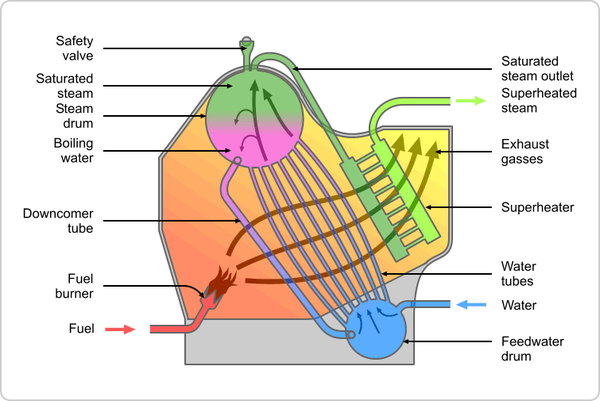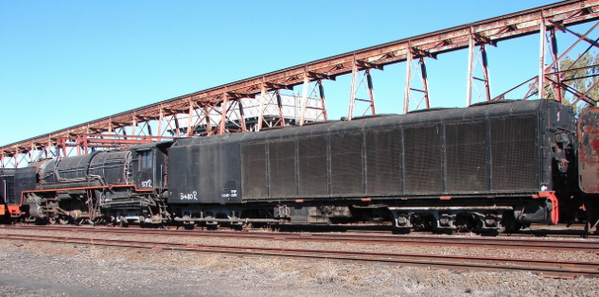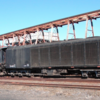I spent a career in the Navy on steam powered ships. Water tube boilers are more efficient than fire tube boilers which is very important for fuel consumption.
My first ship, a guided missile destroyer, had four boilers operating at 2,000 psi. Most Navy boilers operated at about 600 psi. The higher the pressure the more efficient the boiler.
In a typical navy boiler the tubes are connected to a steam drum at the top of the boiler. The saturated steam from the tubes is sent to the superheater. (Saturated steam is steam that still has water droplets in it. Saturated steam can destroy turbine blades.) The superheater adds more energy to the steam and drys it. The superheated steam is sent to a high pressure turbine and then a low pressure turbine. The turbines are connected to the propeller shafts through reduction gears. A typical ship will develop 30,000 or more shaft horsepower.
The steam exhausts from the turbines to the condenser. The condenser condenses the steam back to water. This is done by passing the steam through many tubes surrounded by seawater in the condenser. The flow of sea water around the condenser tubes is maintained by the movement of the ship through the sea. The seawater flow is maintained by a pump when the ship is in port.
The condensed water is then pumped back into the bottom of the boiler through a device called the feed water drum. It is then reheated and the cycle is repeated.
The navy uses recycled water for several reasons. First, fresh water is precious at sea. No ship can carry enough water for even a few days and the water has to made from seawater. All navy ships have water making condenser systems. This includes submarines.
Second, the water in navy boiler has to be pure water to operate at high pressures. Even 1 part per million of salt or other contamination can cause corrosion and a water tube or high pressure pipe to fail. The water in navy boilers is constantly tested and treated. New fresh water and chemicals are added to dilute any contaminates. No navy boiler would last more than a few hours with water picked up from a water tank or a trough between the rails. (The navy adds salt back into the drinking water system to improve the taste.)
Unlike train steam boilers, navy boilers are operated constantly for months without shutting down for maintenance. I have been on a 9 month voyage where the boilers were only shut down a couple of times for a few hours in port. Most of the steaming is at constant speeds but the boilers are able to provide emergency power instantly when needed. When enemy shells start falling around a ship off Vietnam you can go from cruise to full ahead emergency in seconds. The acceleration is awesome and needed. I have experienced it.
Although boilers were highly efficient and powerful, the navy has switched to gas turbines and diesels for most new ships. These items are simply less costly to operate and easier to maintain. When a turbine is bad, for example, it is hauled out through the stack and new one is installed. The ships still have to make fresh water, however for the crew and some auxiliary systems.
I think that the only steam powered ships that are left are nuclear carriers and submarines. These ships uses the reactor as the heat source and a relatively low pressure boiler. I have forgotten the pressure but I believe it is in the 200 to 300 psi range.
Nuclear ships are unable to make superheated steam. These ships have special turbines that are designed to handle saturated steam. Otherwise, the steam cycle is identical to that described above.
I hope that this provides some insight to the difference in boiler systems between trains and ships.
Joe








